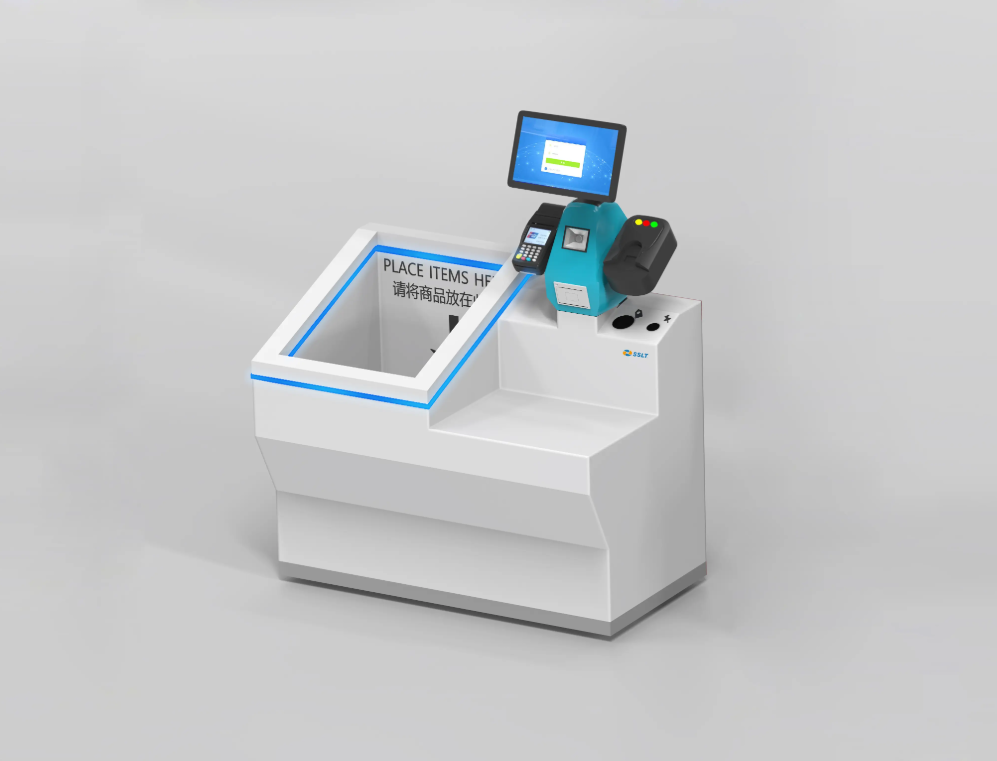The retail industry is undergoing a digital transformation, driven by innovations in technology that provide customers with a seamless, efficient, and personalized shopping experience.

PCBs in Smart Payment Systems
Smart payment systems have revolutionized how consumers make purchases, enabling secure, fast, and convenient transactions. PCBs play a critical role in the functionality of these systems, supporting technologies like contactless payments, mobile wallets, and point-of-sale (POS) terminals. Here’s how PCBs enhance smart payment solutions:
- Contactless Payment Processing: With the rise of NFC (Near Field Communication) technology, PCBs enable seamless contactless payments. They integrate NFC modules into POS systems, allowing customers to make secure payments with a tap of their card or smartphone.
- Integration of Multiple Payment Methods: Modern smart payment systems support multiple payment options, including credit cards, mobile wallets (e.g., Apple Pay, Google Pay), and QR code payments. PCBs provide the platform for integrating these diverse payment methods into a single, user-friendly interface.
- Security and Encryption: Security is paramount in payment systems. PCBs integrate encryption modules to ensure secure data transmission, protecting sensitive payment information from cyber threats and fraud.
- Compact and Efficient Design: Smart payment terminals need to be compact and easy to use. Multi-layer PCB designs enable the integration of all necessary components—processors, memory, communication modules—within a small and efficient form factor.
- Durability in Retail Environments: Smart payment systems must be resilient to wear and tear, especially in busy retail environments. PCBs are designed with durable materials and protective coatings, ensuring that payment systems continue to function reliably even after prolonged use.
PCBs in Vending Machines
Vending machines have evolved from simple snack dispensers to highly advanced automated retail solutions. PCBs are at the heart of these machines, ensuring smooth operations and enabling cutting-edge features. Here are the key roles PCBs play in modern vending machines:
- Payment and Transaction Processing: Vending machines today accept various payment methods, including coins, credit cards, and mobile payments. PCBs support the integration of secure payment systems, enabling the vending machine to accept and process payments efficiently.
- Inventory Management and Sensors: Advanced vending machines use sensors to track inventory levels and monitor product availability. PCBs integrate these sensors, allowing machines to send real-time updates to operators, ensuring they are stocked properly.
- User Interface and Display Control: Modern vending machines feature touchscreens or interactive displays to enhance the user experience. PCBs are responsible for controlling these displays, providing users with an intuitive interface to browse product options, make selections, and complete transactions.
- Energy Efficiency: With the growing emphasis on sustainability, vending machines are increasingly designed to be energy-efficient. PCBs incorporate low-power components and intelligent power management systems to reduce energy consumption without sacrificing performance.
- Remote Monitoring and Maintenance: Many modern vending machines are connected to cloud-based systems for remote monitoring and maintenance. PCBs enable this connectivity, allowing operators to receive data on machine performance, sales, and even troubleshooting alerts.
PCBs in Smart Stores
Smart stores are transforming the retail experience by leveraging Internet of Things (IoT) technologies, sensors, and AI to create personalized, seamless shopping environments. PCBs enable the backbone of these technologies, making smart stores more efficient and customer-friendly. The applications of PCBs in smart stores include:
- In-Store Payment Solutions: Smart stores allow customers to shop and pay without waiting in line. PCBs support the integration of self-checkout kiosks, mobile payment systems, and biometric authentication technologies, enabling customers to complete their purchases quickly and securely.
- Product Tracking and Inventory Management: Smart stores use RFID (Radio Frequency Identification) and other sensors to track inventory and monitor product movement. PCBs are essential for the integration of these tracking systems, helping retailers manage stock levels in real-time and optimize store layouts.
- Personalized Shopping Experience: Smart stores often use data analytics and AI to personalize the shopping experience. PCBs enable the functionality of customer-facing technologies, such as personalized advertisements, product recommendations, and digital signage, based on individual preferences.
- Surveillance and Security Systems: Ensuring the safety of both customers and products is crucial in retail. PCBs are used in smart surveillance systems, including cameras, motion detectors, and alarm systems, providing real-time monitoring and enhancing security.
- Environmental Control: Smart stores can adjust the lighting, temperature, and music to create an optimal shopping environment. PCBs help manage these environmental controls by integrating sensors and control systems into the store’s infrastructure.
As the retail landscape continues to change, PCBs will remain a critical enabler of new technologies and business models. With ongoing advancements in PCB design and manufacturing, the future of retail looks increasingly connected, efficient, and tailored to individual consumer needs.
